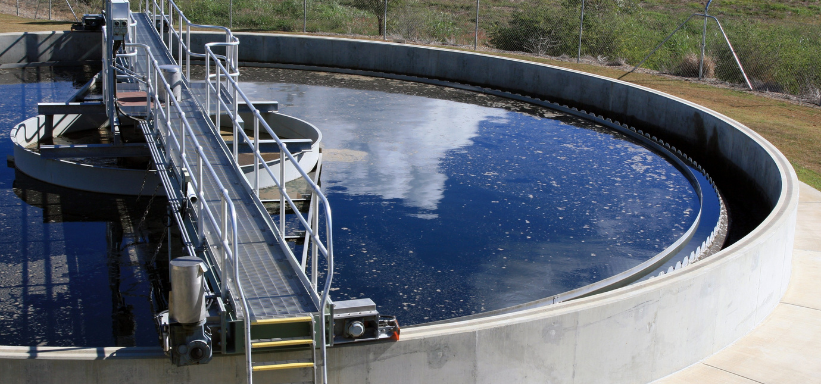Executive Summary
-
Discover why water conservation is a critical priority for the manufacturing sector in 2025.
-
Understand the key techniques and technologies driving water efficiency in manufacturing processes.
-
Explore the benefits of water conservation, including cost savings and environmental impact.
-
Learn about the challenges manufacturers face in implementing water conservation techniques.
-
Gain insights from industry experts on best practices and future trends in water sustainability.
Introduction
In an era where sustainability is not just a buzzword but a business imperative, water conservation in manufacturing has emerged as a critical issue. With industries accounting for a significant portion of global water usage, manufacturers are under increasing pressure to adopt water-efficient practices. This topic matters to investors, founders, and corporates who are committed to sustainable practices and are seeking ways to reduce operational costs and environmental impact. In this article, we will delve into water conservation techniques in manufacturing, offering insights into their benefits, challenges, and strategic importance.
Definitions / Context
Water conservation in manufacturing refers to the strategies and technologies employed to reduce water usage and minimize waste. This involves optimizing processes, recycling water, and investing in advanced water treatment technologies to ensure sustainable use of water resources.
Benefits / Pros
-
Cost Savings: Reducing water consumption lowers utility bills and operational costs.
-
Environmental Impact: Conserving water reduces the manufacturing sector’s ecological footprint.
-
Regulatory Compliance: Adhering to water conservation regulations can prevent fines and enhance corporate reputation.
-
Resource Efficiency: Efficient water usage maximizes production without depleting natural resources.
Risks / Cons / Challenges
-
Initial Investment: Implementing water conservation technologies can require significant upfront investment.
-
Technological Complexity: Advanced systems may require specialized knowledge and skills to operate.
-
Regulatory Challenges: Navigating diverse water regulations across regions can be complex.
-
Operational Disruptions: Retrofitting existing systems with new technologies might cause temporary disruptions.
Step-by-Step Process
How to Implement Water Conservation Techniques in Manufacturing:
-
Audit Water Usage: Conduct a comprehensive analysis of current water usage patterns.
-
Identify Opportunities: Pinpoint areas where water usage can be reduced or recycled.
-
Invest in Technology: Install water-efficient technologies and systems.
-
Train Employees: Educate staff on the importance of water conservation and best practices.
-
Monitor and Adjust: Continuously track water usage and adjust strategies as needed.
A leading automotive manufacturer implemented a closed-loop water recycling system, reducing its water usage by 30%. This initiative not only cut costs significantly but also enhanced the company’s sustainability profile, attracting eco-conscious investors and customers.
Expert Tips / Strategic Insights
-
Collaborate with Experts: Engage with environmental consultants to optimize water conservation strategies.
-
Leverage Technology: Utilize IoT and AI for real-time water monitoring and management.
-
Stay Informed: Keep abreast of the latest regulations and technological advancements in water conservation.
Tools / Resources / Calculators
-
Water Footprint Calculator: Evaluate the water footprint of your manufacturing processes.
-
EPA WaterSense Program: Access resources and guidance on water efficiency.
-
Corporate Water Gauge Tool: Benchmark water usage against industry standards.
Conclusion
Water conservation in manufacturing is not just a trend but a necessity for sustainable business operations. By adopting water-efficient technologies and practices, manufacturers can achieve significant cost savings, ensure regulatory compliance, and contribute positively to the environment. For those looking to enhance their sustainability strategies, understanding and implementing effective water conservation techniques is essential.


















